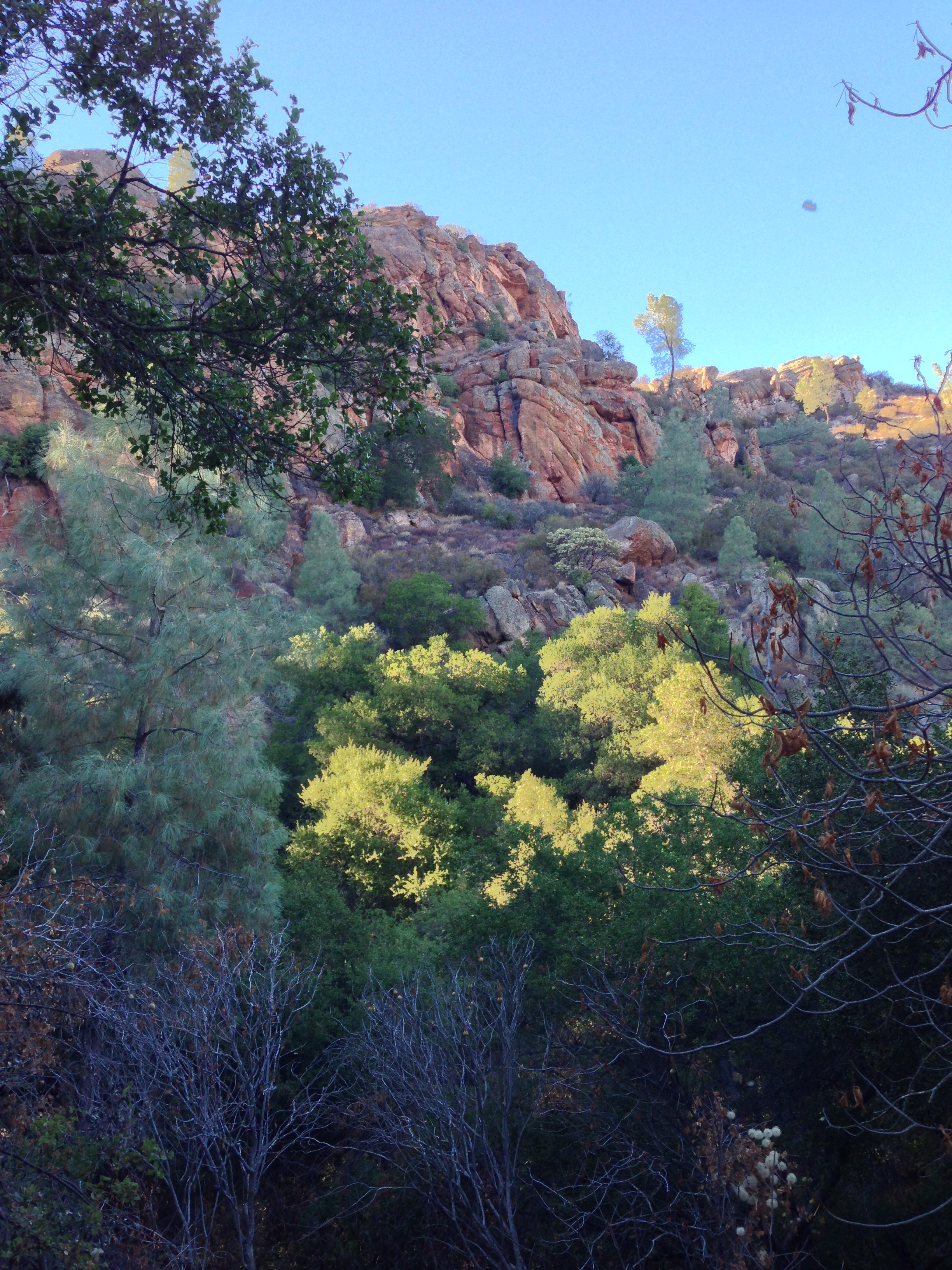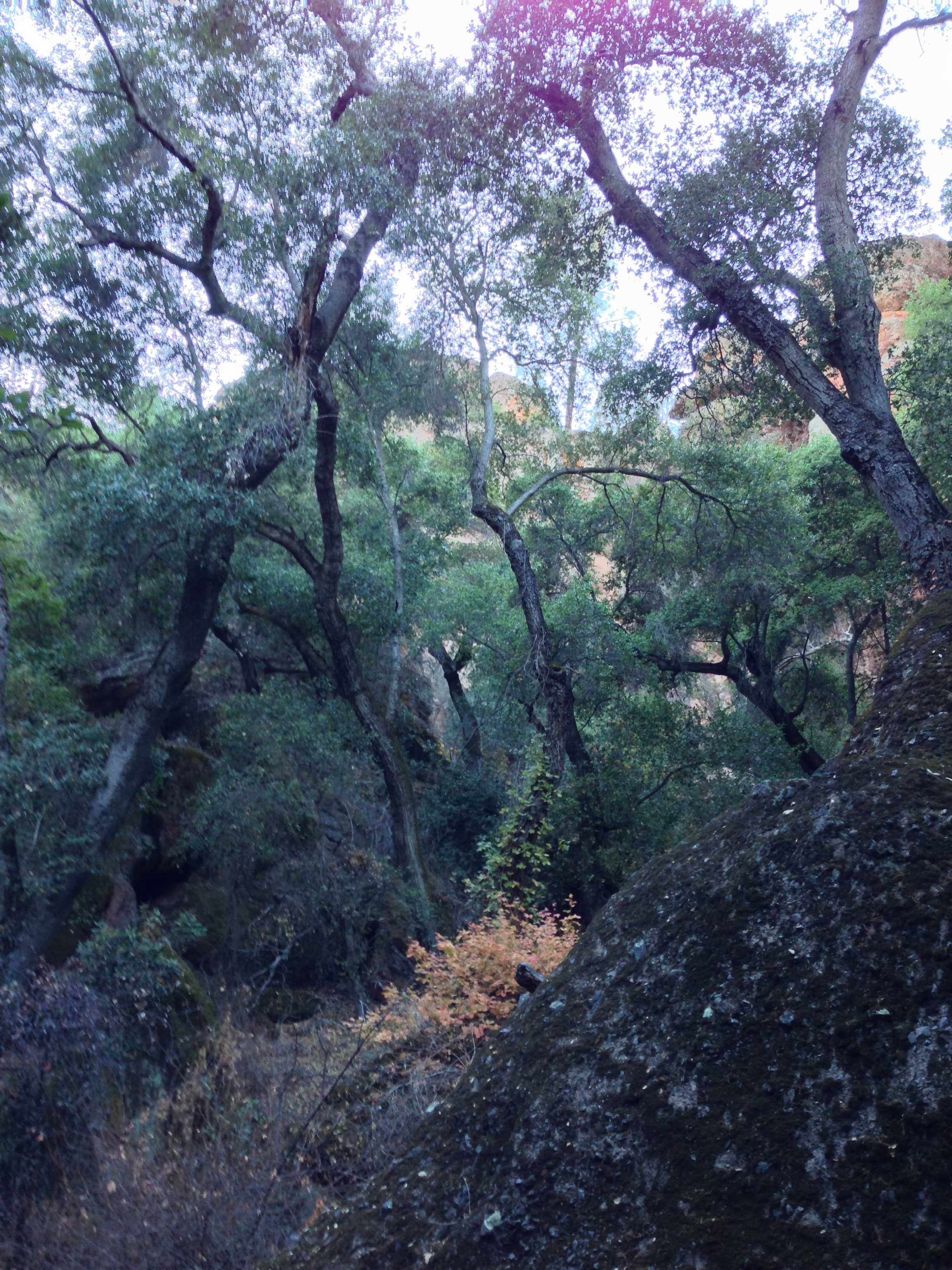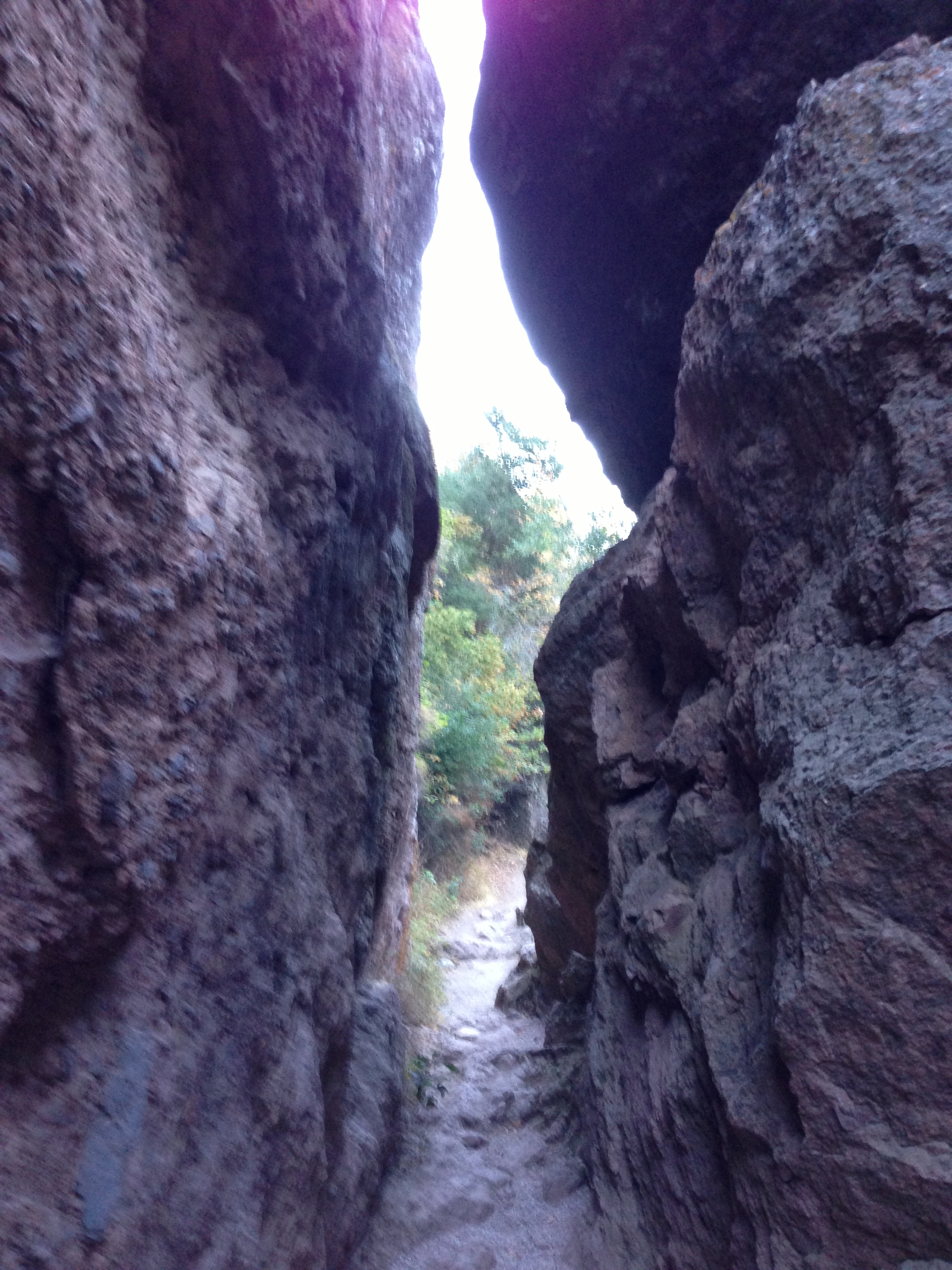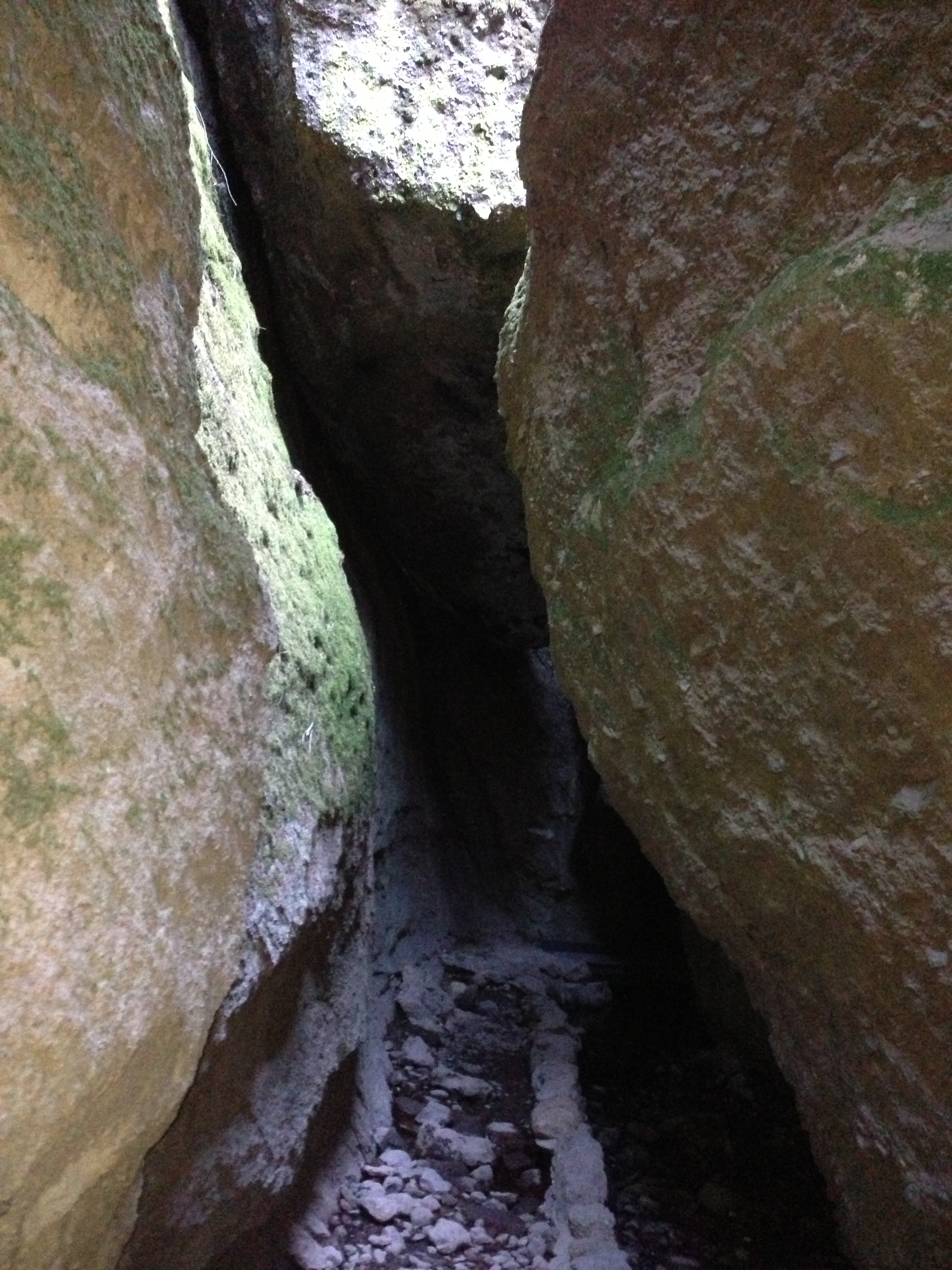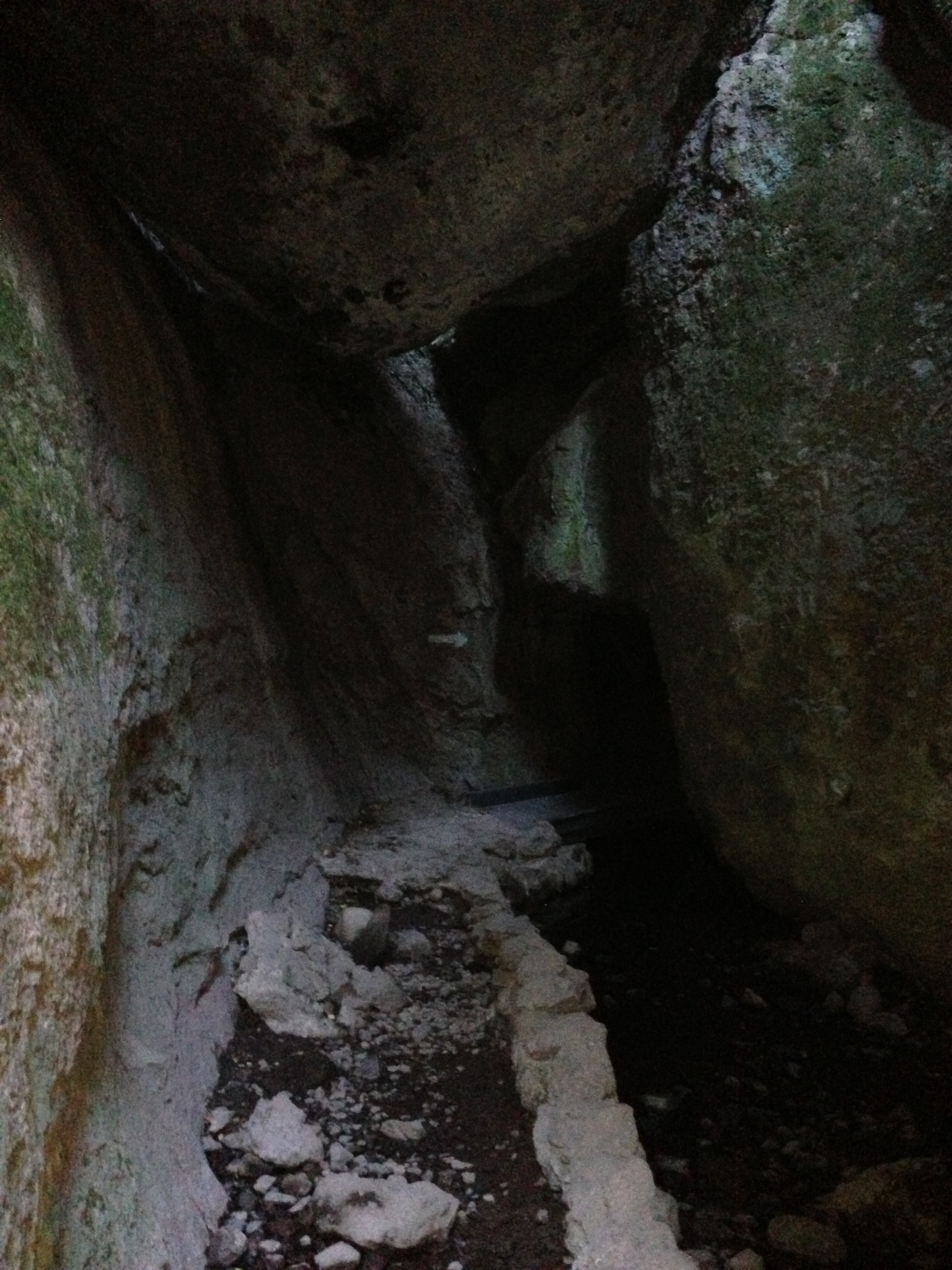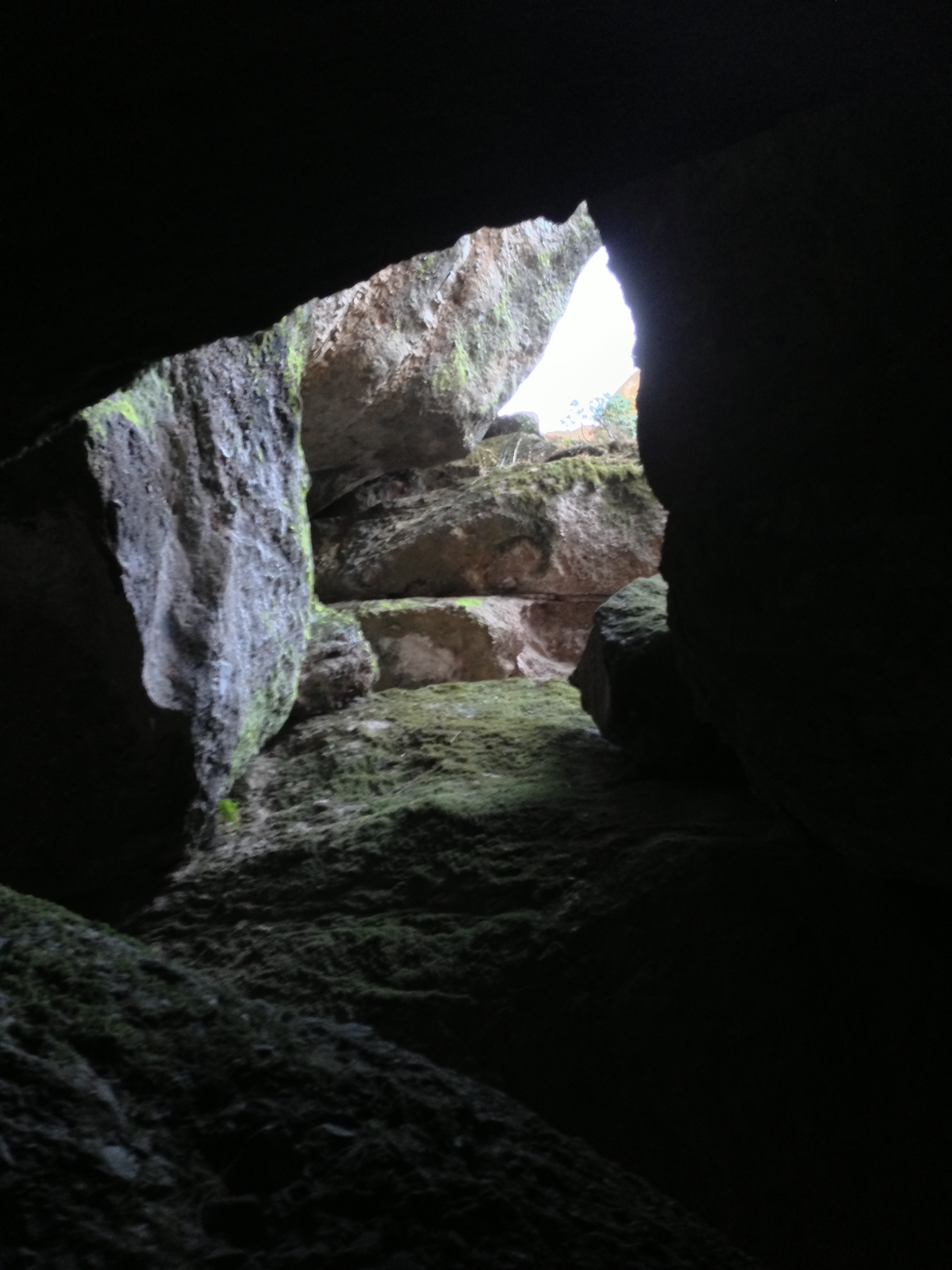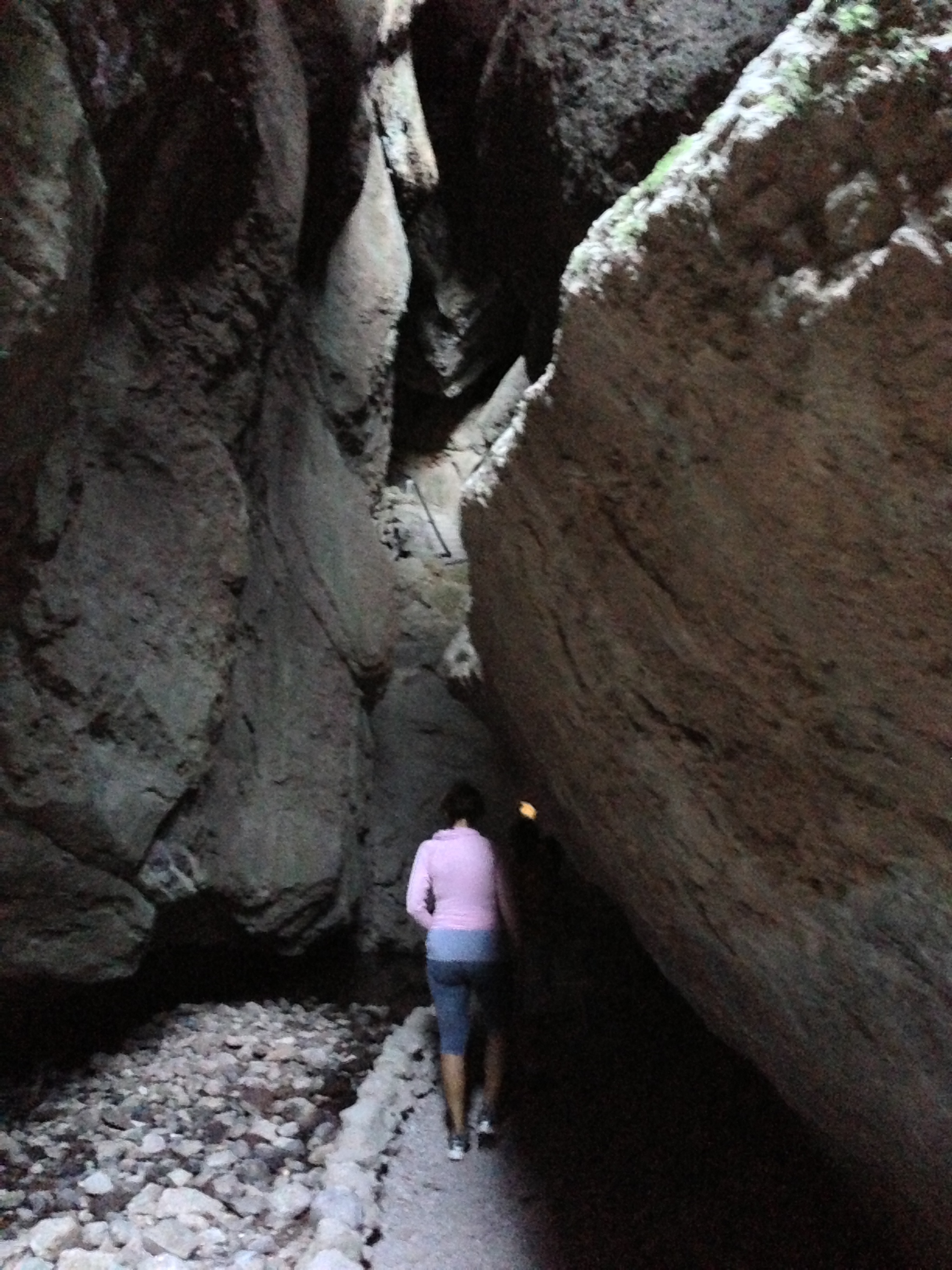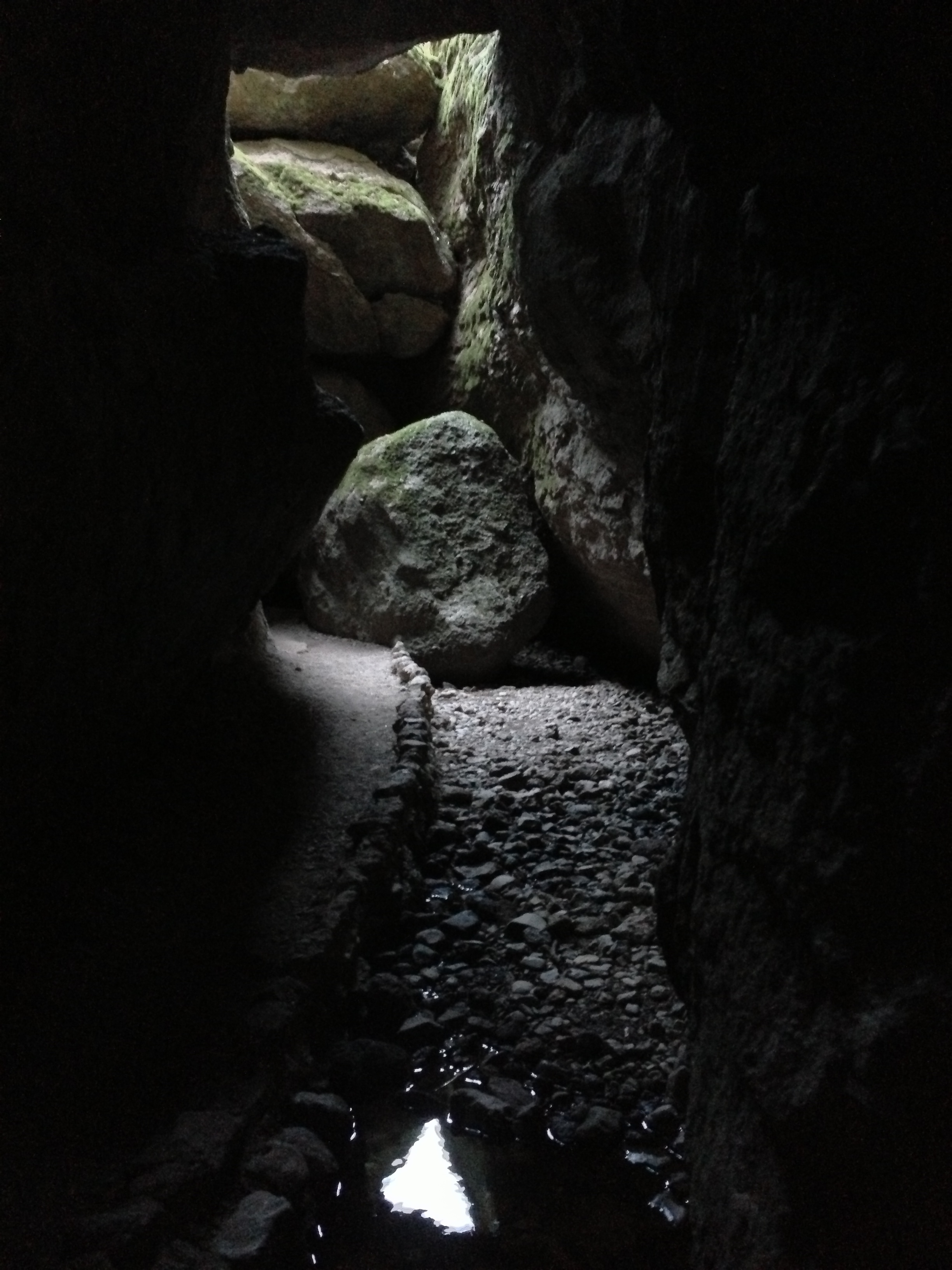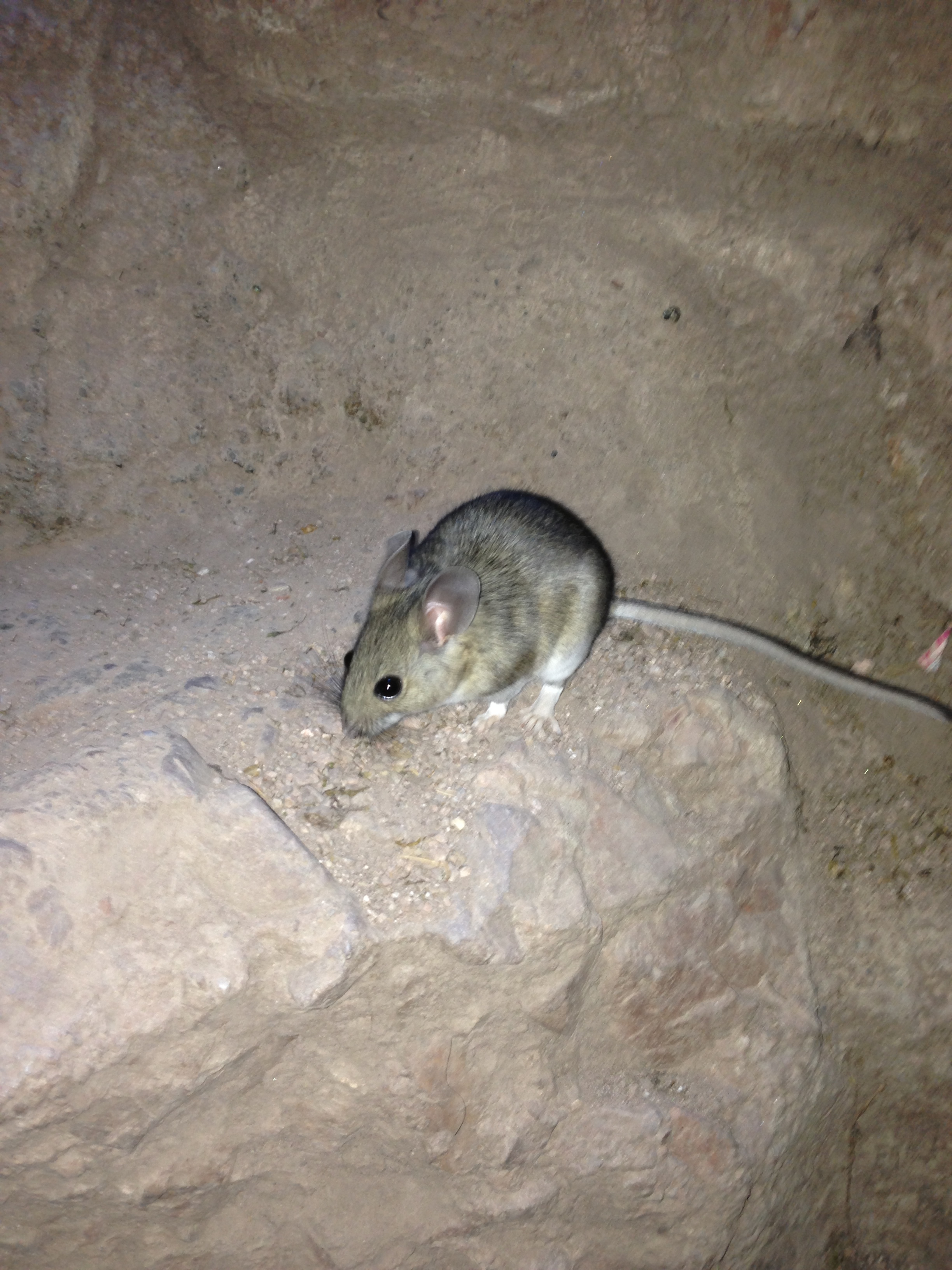Start of Bear Gulch Trail
Let’s say you’re in California, or thinking about visiting California, and you’re looking for a National Park that you can hike in, camp at, climb at, and possibly do a little spelunking at. If you were seeking recommendations for such a place, chances are that you’d get the usual recommendations – Sequoia National Park, Yosemite National Park, or even Joshua Tree National Park. There’s nothing wrong with any of these recommendations – these parks are known world-wide because they’re stunning. But there’s another National Park in California that’s a little bit off the beaten path, and not as well known that has all of these things, and is equally stunning in its own right. That park is none other than Pinnacles National Monument.
I’m not sure why Pinnacles doesn’t get the attention that its bigger relatives does, because as far as I’m concerned, it has amazing trails and features that are equal to, and in some cases, surpass the features of the above named parks. The only explanation I can think of about why Pinnacles isn’t as popular is because it’s remote. While it’s not remote like Great Basin National Park, it is a little bit off the beaten path, and there’s an interesting fact about Pinnacles that you probably didn’t know: the top two best National Parks for stargazing are: Great Basin and Pinnacles, as both of these parks are far away from most sources of light pollution. This means that if you are visiting, you will have great views of the Milky Way. While the clear, dark skies and great stargazing are reason enough to visit in my book, Pinnacles has some great day hikes that are accessible for just about every level of explorers, and perhaps the signature hike of Pinnacles is the hike through Bear Gulch and its caves.
Directions: Pinnacles is located in Northern California in an area that is fairly remote. The important thing to realize about Pinnacles is that there is no “through” road – you either will enter on the East Side – or the West Side, but unless you hike from side to side, you will not be able to get across the park. For your convenience, the National Park Service has provided some good directions to Pinnacles HERE. The important thing to remember is that to access the Bear Gulch area, you will want to enter on the East side of the park.
From the park entrance, it is three miles from the Visitor Center to the Bear Gulch Day Use Area. During the late spring and summer months, there is a free park shuttle that runs from the East Entrance to the various trailheads of the park. If you are visiting during this time, you will want to exit the shuttle at the Bear Gulch Day Use Area. If you are visiting during the fall or winter months, as I was, you will be able to drive your car directly to the parking area/trailhead. The trail leaves directly from the parking area, and it is well signed. The first portion of the trail passes through the various grills and benches of the picnic area, before winding uphill underneath a small stand of California Buckeye trees.
After .2 miles, you will have passed by several climbing areas, and will have had several spectacular views of the surrounding terrain and medium walls of the park. Even if you don’t climb, this is a great opportunity to learn about the sport, and watch all levels of climbers in action. If you don’t like climbing, there’s plenty of interesting terrain to view, as Pinnacles is a geologically diverse area as the rocks and features are the remnants of an ancient volcano that eroded over the course of several million years. At the .2 mile mark, follow the sign on the left fork of the trail toward the Bear Gulch Caves/Reservoir. This network of trails is well marked and maintained by the National Park Service, so there is little danger of getting lost.
From this point, you will start passing through several smaller tunnels, before ultimately arriving at the entrance of the Bear Gulch caves. At this point, in my opinion, this trail becomes less about hiking, and more about exploring. I think there’s something mysterious about any cave that makes one’s imagination immediately start working, and the Bear Gulch caves are no exception to this rule. I would suggest that you take the time to check out the caves thoroughly, from the initial high ceilings of the entrance, to the hidden pools of water, and the tight spaces that exist in some of the corridors. If you’re lucky, you’ll see some of the Townsend’s Big Eared bats, and if you’re particularly observant, you’ll see Kangaroo Rats and frogs like I did as well. Even though the caves are dark, they’re also teeming with tons of creatures that are watching you while you’re looking for them.
Do note that the Bear Gulch Cave is sometimes closed in part in its totality due to the Townsend’s Big Eared bats, and you should check on how far you can proceed in the caves, HERE, before going, or with the National Park Service on your arrival. If the caves are completely open, as they were when I went in the fall, you can explore all the way through the caves to an exit that is at the base of the Bear Gulch Reservoir. If you follow the stairs up from this point, you will have great views of the surrounding terrain, and the reservoir. Once you are done exploring the area, you can return the way you came for a different view of the caves, for a hike that is a little over two miles.
Tips: As I noted above, the cave is seasonally closed, so you’ll want to again check HERE before going. You will also want a flashlight or headlamp when exploring the Bear Gulch Caves, and if you are claustrophobic, spelunking through the caves will not be for you, as there are some tight spots that you will have to traverse.
Bear Gulch Reservoir, Sunset

